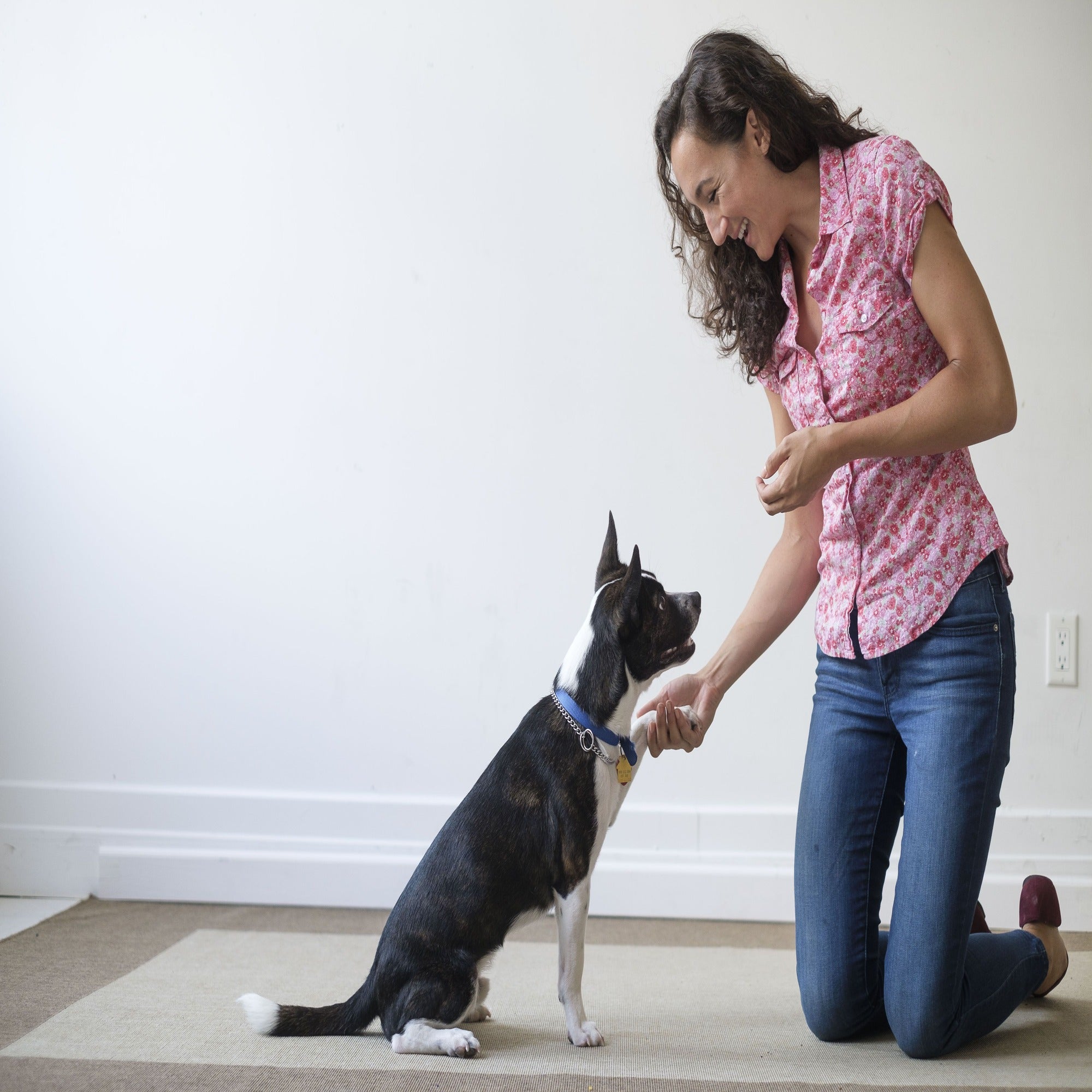
Best ways to teach your pet to come when called
Having a pet that comes when called is not only beneficial for convenience, but it's also essential for safety. Whether you have a dog that's dashed out the front door, a cat that's ventured too far, or any other adventurous pet, being able to recall them can mean the difference between keeping them safe or facing a potential crisis. Teaching your pet this crucial command requires patience, consistency, and the right approach.
For those interested in a variety of pet training tools and resources, there are plenty of options available. However, before investing in tools, it's essential to understand the techniques and methods that make the training effective. Here's a comprehensive guide on the best ways to teach your pet to come when called.
Start in a Distraction-Free EnvironmentBefore you dive into the training, it's crucial to choose an environment where your pet feels comfortable and is free from distractions. For the initial stages, indoors is typically best. This environment allows your pet to focus solely on you and the command without being sidetracked by other animals, scents, or sounds.
- Use a Positive Tone and Body Language
Your voice and body language play pivotal roles in how your pet perceives the command. When calling your pet, use a cheerful, encouraging voice. Your enthusiasm will make the act of coming to you seem like a delightful experience. Also, ensure your body language is inviting. Kneel or squat down to their level and open your arms wide. Avoid looming over them, as this can be intimidating.
- Implement Positive Reinforcement
One of the pillars of effective pet training is positive reinforcement. When your pet responds to your call, reward them immediately. This reward can be in the form of treats, praise, or play. By consistently pairing the action of coming to you with a positive outcome, your pet will be more inclined to respond favorably in the future.
- Use a Consistent Command
Choose a command and stick with it. Whether it's "come," "here," or any other word or phrase, consistency is key. Changing the command will only confuse your pet and hinder their learning.
- Practice Regularly
Like any new skill, practice makes perfect. Incorporate very short training sessions into your daily routine. Multiple short sessions, about 5-10 minutes each, are often more effective than one long session, which might tire or bore your pet.
- Gradually Introduce Distractions
Once your pet is reliably coming when called in a distraction-free environment, it's time to up the ante. Introduce mild distractions, such as a toy or another person in the room. As your pet becomes more proficient, increase the level of distraction. This step-by-step approach will prepare your pet to respond to you even in stimulating or unfamiliar situations.
- Expand the Training Ground
After mastering the command indoors, venture outdoors. Start in a secure area, like a fenced yard. As your pet becomes more reliable, you can practice in larger spaces or even at a park during off-peak times. Always ensure safety by keeping them on a long lead until you're confident in their recall abilities.
- Never Punish a Returning Pet
If your pet hesitates or takes their time coming back to you, resist the urge to scold or punish them. Doing so creates a negative association with the act of coming to you. Even if it took a while for them to respond, always greet them with positivity.
- Incorporate Play
Make the recall command fun. After your pet returns to you, engage in a brief play session. This method not only serves as a reward but also instills in your pet that coming when called leads to enjoyable experiences.
- Invest in Training Tools
Certain tools, such as long leads, clickers, or treat pouches, can aid in the training process. For example, a long lead provides your pet with the illusion of freedom while ensuring they're still under your control. Clickers can mark the exact moment of desired behavior, helping to clarify what action is being rewarded.
- Attend Training Classes
Professional trainers can offer valuable insights and techniques tailored to your pet's specific needs. Moreover, group classes provide the added benefit of socialization and exposure to distractions in a controlled environment.
- Be Patient and Persistent
Every pet is unique. While some might grasp the command quickly, others may require more time. Celebrate small victories and remember that patience and consistency are your greatest allies in this journey.
Conclusion
Teaching your pet to come when called is a blend of art and science. It demands an understanding of your pet's individual personality, needs, and motivations, combined with tried-and-true training techniques. By remaining patient, consistent, and positive, you can instill this invaluable skill in your pet, ensuring their safety and deepening the bond you share. Remember, every moment spent in training is an investment in a lifetime of joyful companionship.
- Choosing a selection results in a full page refresh.












